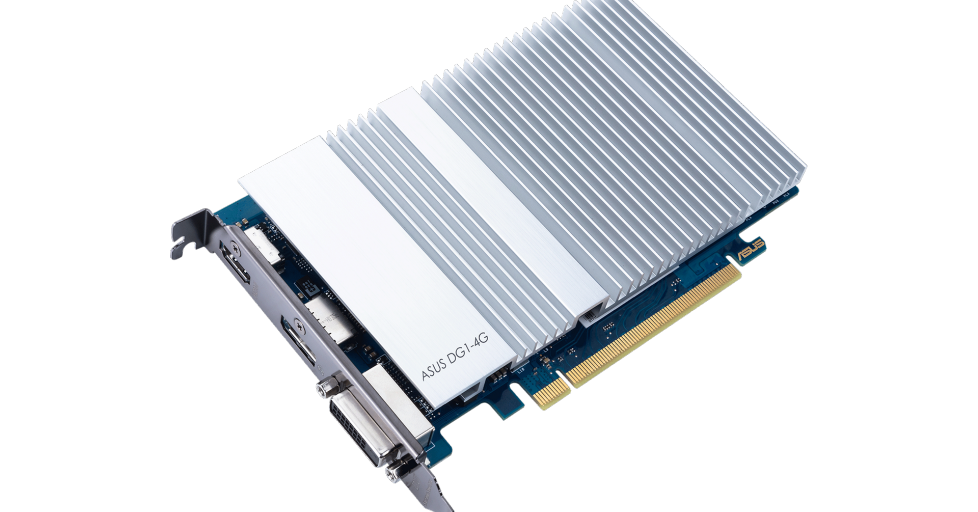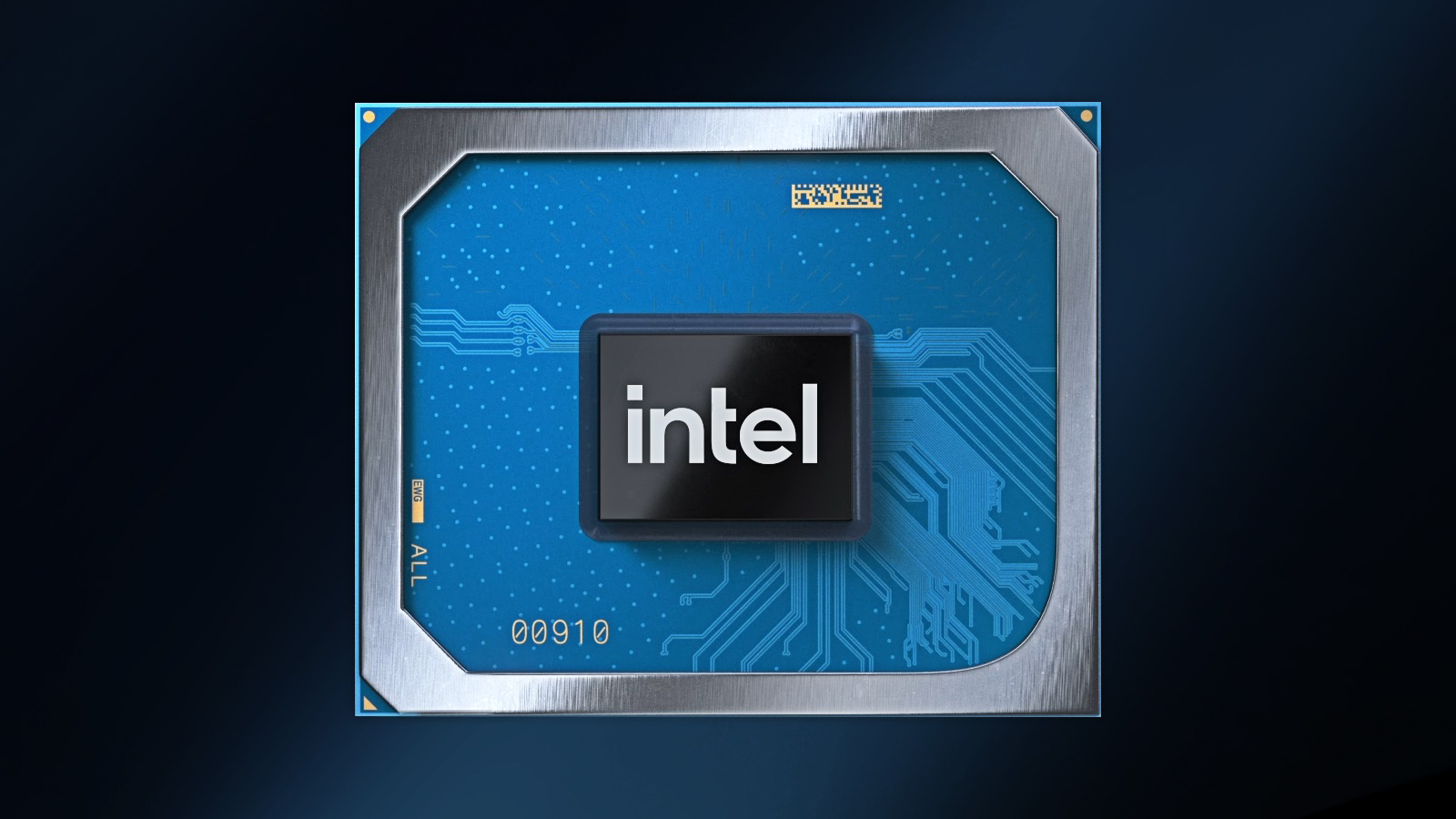With Iris Xe Max Intel returns to world of discrete video cards, presenting a solution designed for thin notebooks alongside the Iris Xe GPU contained in the 11th generation Core processors
of Paolo Corsini published on 31 October 2020 in the Video Cards channel
Tiger Lake Xe Intel Core
The official entrance of Intel in the world of so-called discrete video cards , i.e. not integrated within a processor, takes place today with the presentation of Iris Xe Max . Behind this name lies what until now has been referred to as DG1, the first discrete Intel video card that the American company showed as a prototype at the CES in Las Vegas and which from today enters into sale on the market.
Unlike what we saw at CES, the one debuting today is a specific video card for notebook systems that comes from Intel alongside that contained in the eleventh generation Core processors of the Tiger Lake family . After all, the underlying architecture is the same: the integrated GPU in the processor takes the name of Iris Xe, with the addition of the Max suffix for the discrete one always aimed at notebooks.
The technical characteristics underlying the two products are also very similar: in Iris Xe Max we find 96 Execution Units , the same number present in the Iris Xe GPUs contained in the Core processors i7 of the highest range (in the other proposals of the eleventh generation Core family we find instead a smaller number of Execution Units). Little difference even in terms of maximum clock frequency: 1, 20 GHz for the integrated GPU in the processor and 1, 65 GHz for the Iris Xe Max video card.
The dedicated proposal it can obviously use video memory not shared with the processor; Intel has chosen LPDDR4X modules in quantity of 4GB, with bus a 128 bit and maximum bandwidth reaching i 68 GB / s . As a result, the actual clock frequency of the memory modules paired with the Iris Xe Max GPU is 4. 266 MHz.
Both GPUs share the same technical characteristics : we find support for Variable Rate Shading, for the decoding of AV1 video streams, a precision to 12 end-to-end bit, Intel DLBoost technology support and PCI Express 4.0 interface.
The Intel Deep Link technology is the basis of the connection between the two GPUs in the system, the discrete one and the one integrated into the processor: the presence of both these processing resources, alongside the Core family processor, opens up space for various types of uses. Intel highlights how there is a market made up of users who create content but who seek a thin and compact notebook system as a working tool. This market, which is estimated to be composed of 78 millions of users, find in thin notebooks equipped with discrete GPU their reference product according to productivity needs.
With Deep Link Intel , through the use of a common software framework, Intel therefore intends to exploit the discrete GPU not only for graphics processing as typically happens but to combine the two GPUs, based on the rest on the same Xe-LP architecture, so that they contribute in a balanced way to each other to reduce processing times and provide greater performance to the user.
The first element of connection between the two processing units is linked to their consumption: Intel manages the so-called Dynamic Power Share , i.e. let the system manage the workload between CPU, GPU integr ata in the processor and Iris Xe Max GPU depending on what is the optimal level of use in light of the specific application performed. In this way notebook manufacturers will have to worry about developing their systems by equipping them with cooling systems that are capable of supporting a predefined maximum TDP value, letting the dynamic management of the processing units regulate power and clock frequencies in a way to obtain the best balance according to the type of application performed.
Intel has provided some preliminary indications that show how the dynamic management of the power obtained via Deep Link technology allows to obtain increases in performance for both the CPU component and the GPU component: in the first case it is estimated a + 20% in the processing of a video with Handbrake , while in the second one goes as far as + 40% using Adobe Lightroom .
The use of the same architecture within the two GPUs Iris Xe and Iris Xe Max allows, through adequate software support, to exploit in parallel all the engines for Artificial Intelligence which are integrated into the video chips. Intel has provided as an example the use of Gigapixel AI software, with which to perform an upscaling of images via artificial intelligence obtaining greater detail and final quality. Thanks to the optimization for DL Boost: DP4A, this software in combination with the Iris Xe Max GPU manages to obtain a batch image processing time for their upscaling about 7 times faster than a notebook system with a 10th generation Intel Core processor paired with NVIDIA GeForce MX video card 350.
The Hyper Encoding feature uses all the media encoders present in the system, two per GPU, in parallel: this allows to process in encoding up to 4 video streams in parallel without these taking away processing resources with each other. The benefit is net, with Intel showing as an example a comparison with a system equipped with an NVIDIA GeForce RTX GPU 2080 and Intel Core i7 CPU – 10980 8 core HK and an Iris Xe system Max: the latter processed the video with a result of 78% faster, despite the CPU and GPU on paper far more powerful than those integrated in the 11th generation Core notebook.
The only performance data provided by Intel for the Iris Xe Max card are those of this slide, in a comparison with the NVIDIA GeForce card 350 MX which is often used in thin notebooks to offer a certain boost performance in the gaming sector compared to what can typically be obtained with a GPU integrated into the processor. The average level is in fact aligned, confirming that this is a GPU that is also able to offer valid performance with games up to Full HD resolution and selecting the quality settings accordingly.
There are 3 notebooks with Intel Iris Xe Max video card that are officially available on the market from today : Acer, ASUS and Dell are the manufacturing partners but it is conceivable that other models may be presented during the next months. These systems, moreover, are based on 11th generation Intel Core processors announced by the American company in September 2020 but still not much available on the market in volumes.
Deep Link technology is undoubtedly very interesting, but requires software support in order to be fully exploited . Some of these are already compatible now, such as HandBrake and Gigapixel AI used by Intel in their demos, but others will arrive over the next few months. The company also underlines how this work is preparatory also for the commercial debut of Xe-HPG, an acronym with which the GPU specifically developed by Intel for gaming in systems is indicated high-end desktop .
Thinking about the parallel use of the two GPUs made accessible by Intel via Deep Link, it is natural to wonder if this approach can not also be used to improve performance in terms of higher frames per second with games . In many ways this would mean following a path similar to that followed by NVIDIA with SLI technology and by AMD with Crossfire technology: the answer to this question was a “ we are evaluating the thing internally “, a clear signal of the present technological opportunity that would allow Iris Xe Max GPU-based systems to ensure a further leap forward in terms of performance.














